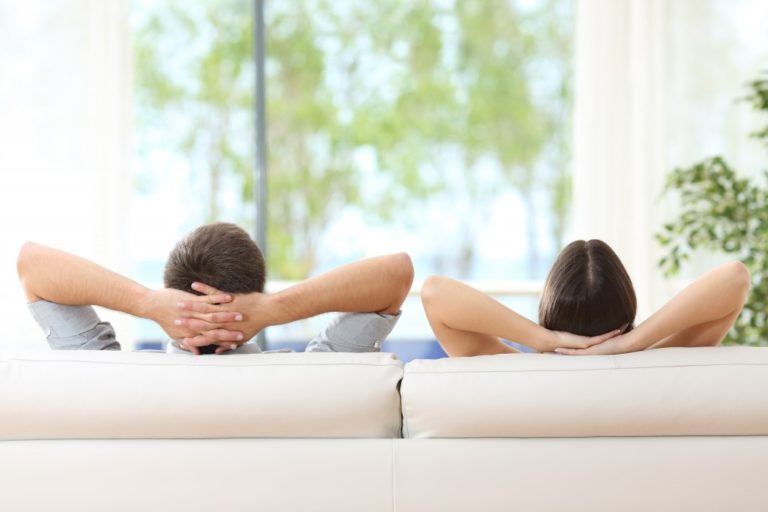Home design trends change each year as the priorities of homeowners shift as well. Trends such as infinity pools, uber minimalist interiors, and industrial design features have come and gone. A fad that has been picking up steam these last few years is outdoor living.
The Outdoor Living Trend
The American Institute of Architects (AIA) says that outdoor living has been gaining traction since 2013, with 69 percent of homeowners incorporating similar features in their homes. But the trend first became popular in 2008 during the financial crisis, alongside staycations. It’s a way for people to enjoy vacation time without leaving the comfort of their homes and save money.
Now, maximizing outdoor spaces has evolved from a simple way to cut costs to more of a lifestyle choice. Kleber and Associates, a building materials PR and marketing giant, explains homeowners see this trend as a chance to avoid the hassle of traveling, increase their home value, and maximize the property space they bought.
Some of the common architectural trends for outdoor living are outdoor kitchens and dining areas. These allow homeowners to host get-togethers and barbecue parties in their own backyard. Blending spaces is another popular design trend. Homeowners want a seamless transition from their indoor space to the outdoors, making their house appear more spacious. This is evident in the rise of glass doors that open out onto the patio.
The outdoor living fad has multiple benefits for consumers, but what does it mean for those on the business side?
Demand for Outdoor Living Features

The outdoor living trend is redirecting architectural and landscaping and lawn franchise opportunities. This fad is driving the demand for hardscape, the most crucial feature in outdoor living. Although the lawn still plays a major role in this trend, the demand has shifted from flora and fauna to hardscaping installations, like outdoor furniture, kitchen equipment, decorative boulders and fences, and many more.
This means that landscaping specialists must learn to incorporate outdoor furniture and other hardscaping elements with more traditional flora and fauna. Landscape architects must strike a balance between functionality and aesthetics to help homeowners maximize their outdoor space without sacrificing visual appeal.
The Global Market Insights, Inc. predicts that the market for outdoor furniture will reach $23 billion by 2024 at 4.5 percent compound annual growth rate (CAGR). But patio furniture has evolved from simple foldable chairs and tables to more high-end pieces. Homeowners will demand more aesthetically appealing table sets, sitting areas, lounge chairs, and other outdoor furniture. But the requirements for these things go beyond mere aesthetic value. These must also be sturdy enough to withstand external climatic conditions.
This puts pressure on manufacturers to produce furniture that provide pest, fungus and insect repulsion, excellent weather resistance, crack proofing, and superior tensile strength. The demand for durable outdoor furniture entails market growth for materials such as pine, redwood, mahogany, cedar, and composite materials. These not only offer excellent strength but give an aesthetically pleasing, natural-looking appearance that homeowners prefer for their outdoor space.
Waterproofing materials will also see soaring demand. Synthetic wood, rattan, fabrics, metals, and other textiles are popular choices for outdoor furniture. These materials will be most common for poolside and lawn chairs, furniture pieces that are most exposed to water.
Service providers and product manufacturers must quickly adjust their production and operations to cater to these new demands. Otherwise, you risk losing your foothold in the market and allow your more flexible competitors to overtake you. Trends come and go, but as a business owner, you have to ride out these new fads to stay relevant.






